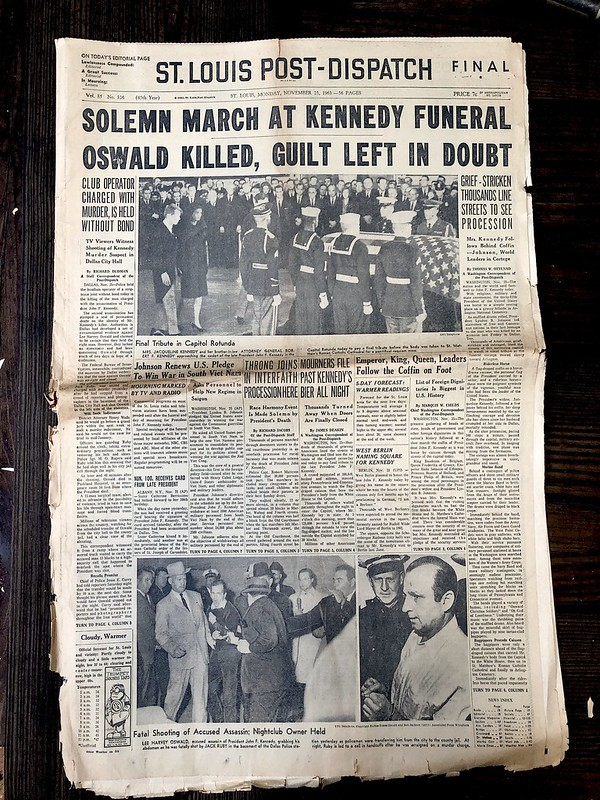Gerald Posner’s Case Closed came out in 1993, and we must say it has aged like milk. Martin Hay deserves a medal for putting himself through the wringer for something as inane as this book, considering what we now know about the assassination of President John F. Kennedy.
Today’s blog will recap Hay’s five-part review of Posner’s poor attempt at deciphering the most notorious assassination of our time.
Skewed Priorities
At 640 pages, it’s safe to say that Case Closed is a chunky book, and Posner spends around 215 pages on Lee Harvey Oswald. Do we take issue with that? No, but we do take issue with spending more than 30% of the book on non-existent rhetoric.
Indeed, Posner spends those 215 pages painting Oswald as this violent maniac with the makings of an assassin. And not just one of the assassins, but the only person in Dealey Plaza on that fateful afternoon.
A reader who has gone through the forensic evidence that contradicts the lone gunman scenario will have a hard time buying what Posner is selling in this book, not then and certainly not in light of all we know now.
Cherry-picking the Truth
Once Posner established Oswald as assassin material, the next step was to prove that his shooting skills were decent enough to take out a slow-moving target. He went for the low-hanging fruit: Oswald’s time in the Marine Corps.
First, Posner tries to explain why an alleged communist joined the Marines. He quotes Oswald on this, saying he did it to follow in his brother Robert’s footsteps. Posner also mentions Oswald’s brother John’s testimony, citing their mother’s oppression as the reason for enlisting. Although this quote is authentic, it doesn’t hold in the face of Robert’s claim that Lee could handle their mother better than he and John.
Next, Posner tries to prove that Oswald couldn’t take well to the Corps because other Marines mercilessly bullied him. However, Sherman Cooley, a fellow Marine in the same platoon as Oswald, said other Marines teased him for being a bad shot.
In Henry Hurt’s Reasonable Doubt, Cooley says that Oswald was so bad with a rifle that he would have picked him as his shooter. He also said his coordination with a rifle makes him an unlikely candidate for killing JFK. Cooley isn’t the only one with this opinion. Hurt interviewed over 50 fellow Marines. They agreed on Oswald’s inability to hit the target.
Marina Oswald’s Contradictory Statement
Marina’s testimony seems contradictory to anyone who has studied her statements, as much as Martin Hay. They don’t flip-flop so much as change from depicting Oswald as a loving husband and father to an abusive husband who used physical force to inflict pain in every possible way. Predictably enough, Posner ignores her initial rhetoric and talks at length about Oswald, the abuser.
There’s much more to Hay’s review of Posner’s 600+ page attempt at portraying Lee Harvey Oswald as the only culprit behind the John F. Kennedy assassination. Once you have read the first part, read the next four only at Kennedys and King. Keep supporting our cause to bring the true killers of political figures like Malcolm X, Martin Luther King, and the Kennedy brothers to justice.
Get in touch for further assistance and inquiries.



